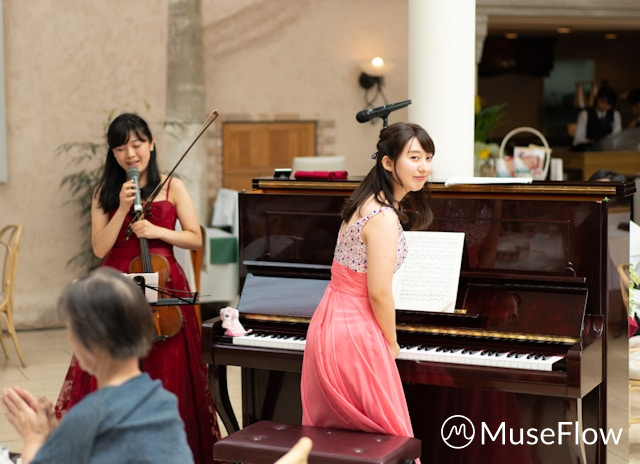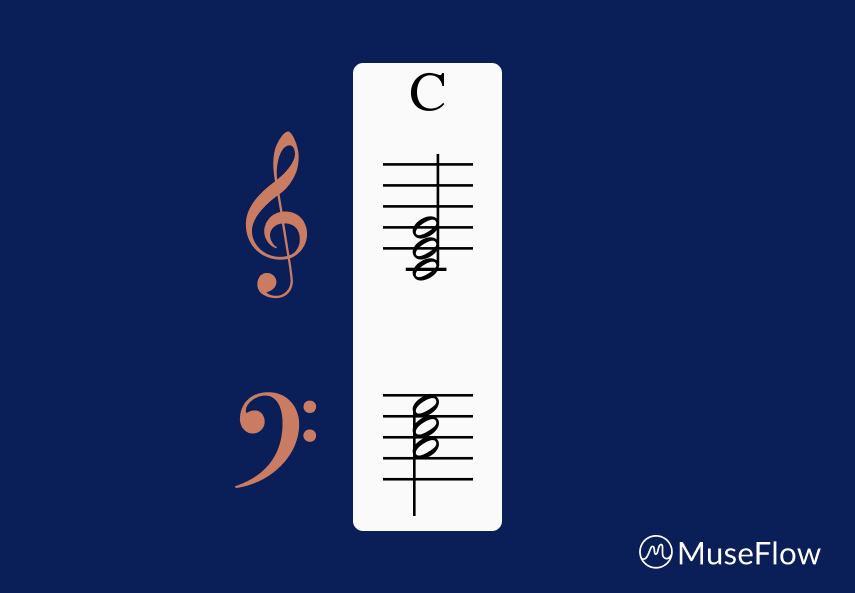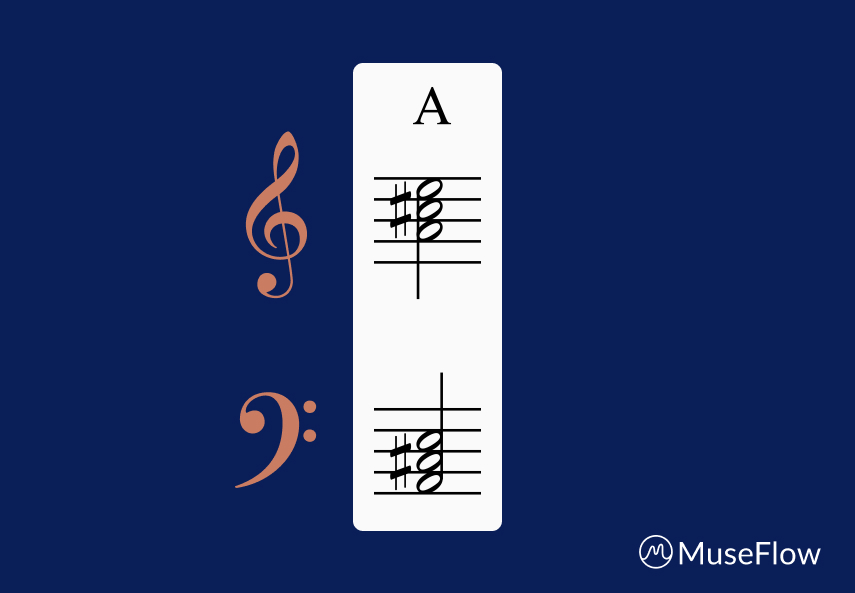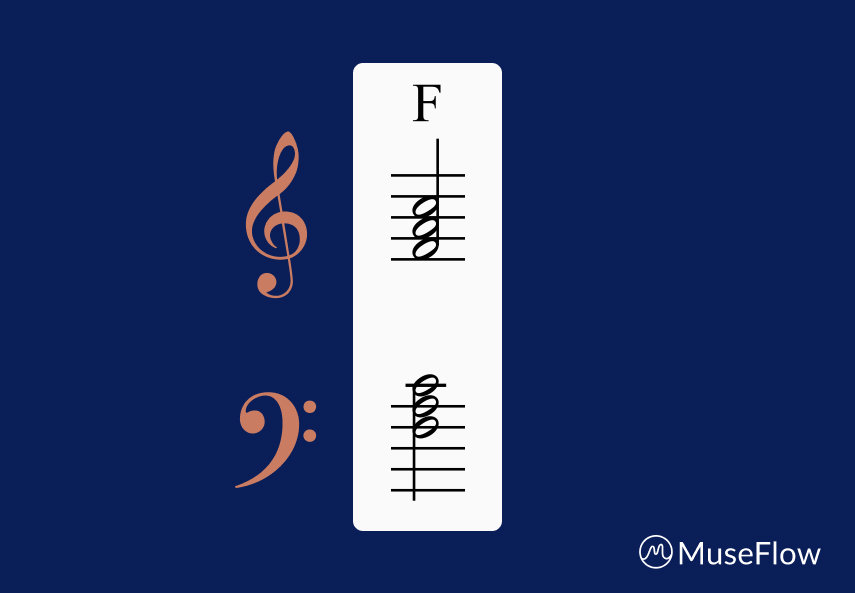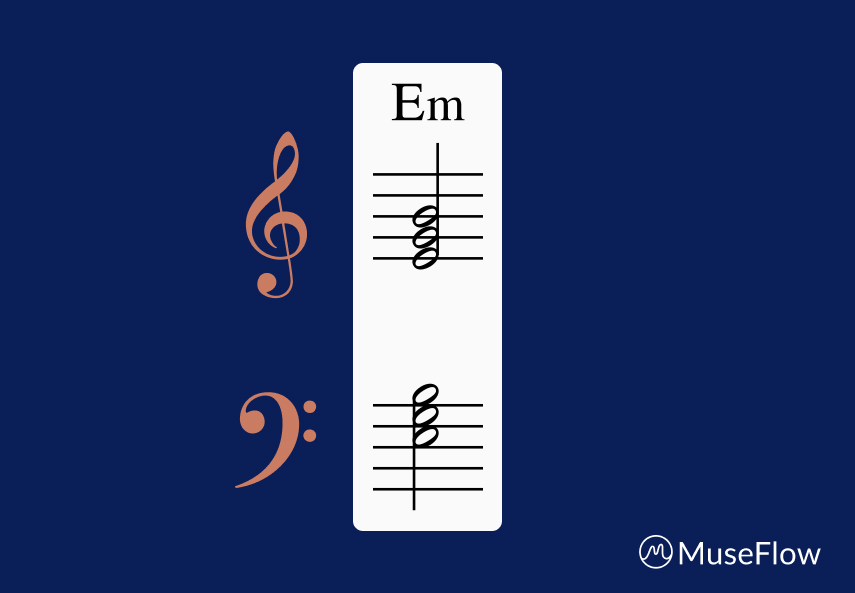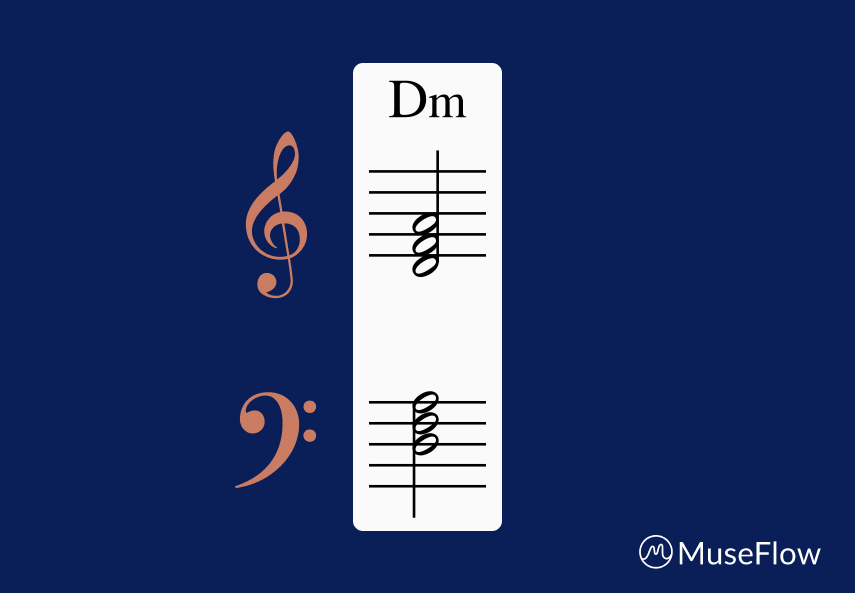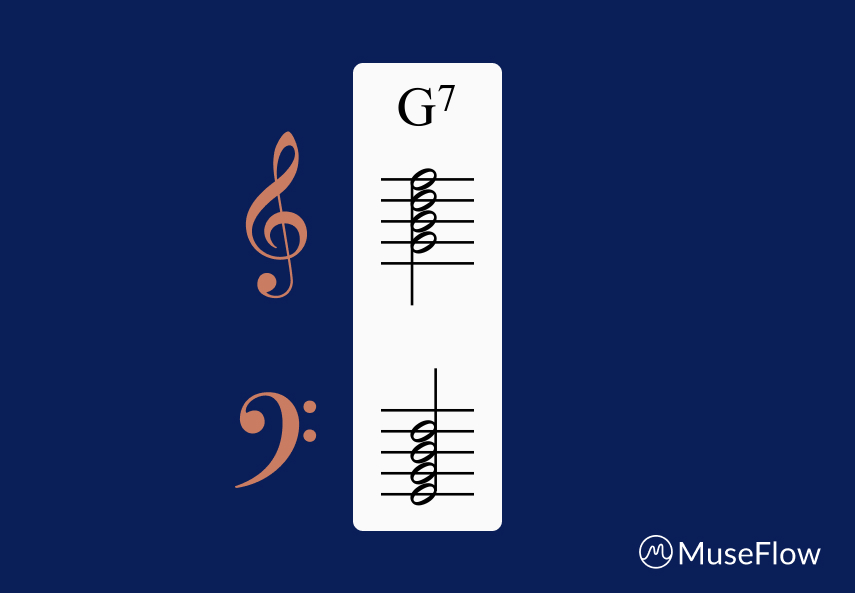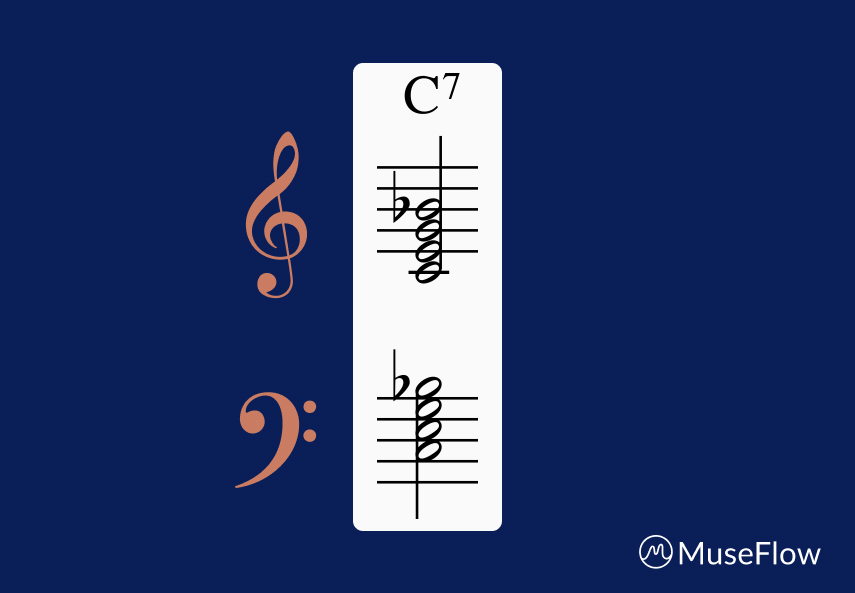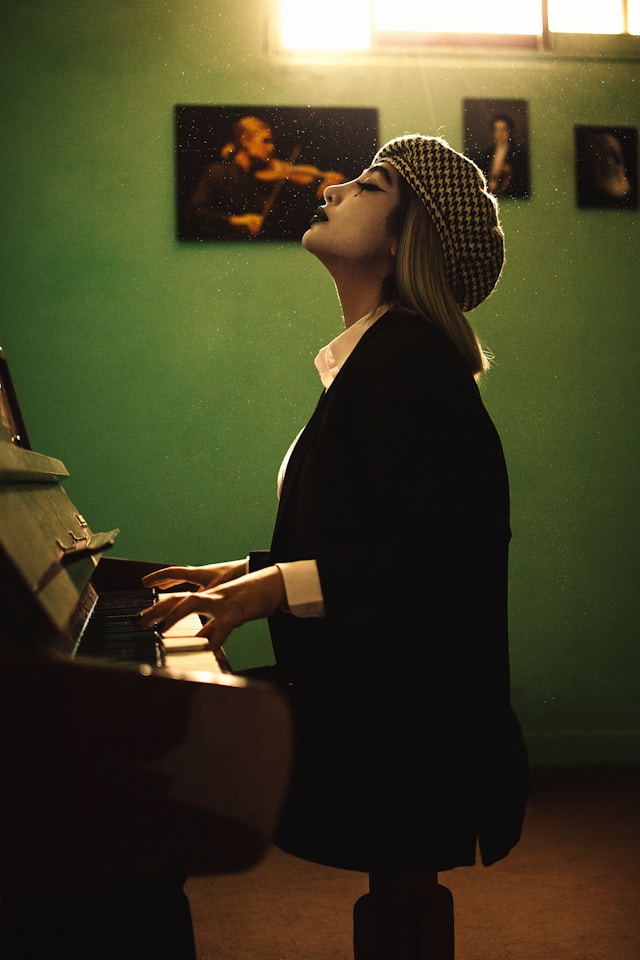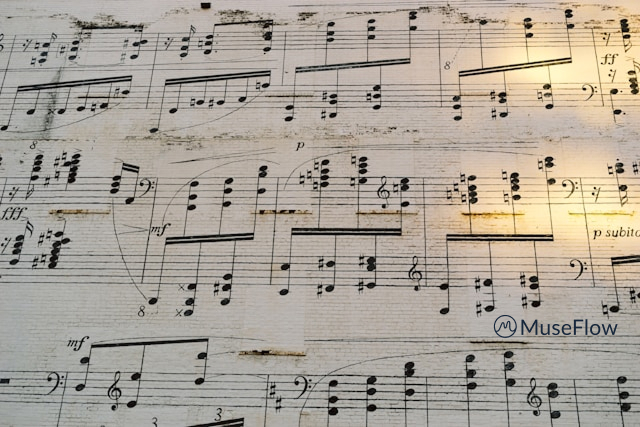Essential Tips for Beginners: Starting Your Sight Reading Journey with MuseFlow
Sight reading is one of the most fundamental skills for all musicians, especially pianists. It's what allows everyone to read and play music fluently. After you’re fluent, you then can start expressing yourself. It’s a language after all! For beginners though, sight reading can seem daunting. But with the right approach, and one of the best piano learning apps of 2024, MuseFlow, you can make steady and fun progress becoming fluent at reading and playing. MuseFlow’s features create the ideal learning environment for anyone starting out learning to play the piano, offering a blend of data-driv sight reading lessons, repertoire (songs), real-time feedback, and personalized progression paths.
Today, let’s explore some essential tips to help you kickstart your sight reading journey, and explain how to get the most out of MuseFlow for beginners.

1. Understanding the Importance of Sight Reading
Before diving into MuseFlow and some technical tips, it's important to understand why sight reading (the act of reading music at first sight) is such an essential skill for all musicians. Practicing your sight reading ability enables you to play harder music, faster, thus, allowing you to get to the fun part of playing music - interpreting a song (why you’re playing it, and how you’re playing it… artistic sensitivity as some say) - much faster. Focusing on sight reading not only saves time learning new pieces, but also improves your ability to understand musical patterns and theory. For beginners, focusing on sight reading can fast-track your growth by helping you internalize the language of music from the very beginning.
MuseFlow is uniquely designed to support this process by integrating sight reading tips directly into its gameplay. Yes, you read that right. MuseFlow is a game! You’ll start to recognize musical patterns, intervals between notes, and rhythmic patters faster because the platform consistently presents music that always is changing and never repeats. You learn to play piano in the app in flow, thus, making it more engaging and enjoyable too! You’re always being challenged at the right level since you can choose where to start and what to work on.
2. Start Slow and Build Consistency
When you're just starting sight reading, it's tempting to rush through these levels. However, the key is to slow down and focus on accuracy first. MuseFlow’s beginner sight reading tools allow you to adjust the tempo (speed), letting you slow down in the sight reading trainer. As songs become unlocked in the repertoire section when you pass each level, you then can slow down the tempo for each song and focus on repetition there. Take full advantage of this feature… start with slow, manageable speeds, then gradually increase your tempo as you gain confidence.
Consistency is also critical. Regular practice, even for just 10-15 minutes a day, can yield significant improvements over time. MuseFlow makes daily practice engaging with its gamified system that keeps track of your progress, ensuring you stay motivated to log in each day.

3. Break Music into Manageable Chunks
When you're playing a new piece of repertoire for the first time, it's helpful to break it down into smaller sections. MuseFlow is built for beginning pianists and expert pianists alike, because it’s structured to help you tackle music in bite-sized chunks regardless of the difficulty, making it easier to digest and understand.
Use this technique in your own practice by isolating tough sections and working on them individually. As you become more comfortable with sight reading, you’ll notice that you wont have to break down music that is at a lower level of difficulty more often because playing the techniques used in those pieces becomes second nature, making learning new pieces much faster, fun, and more efficient. You can get to the fun part of playing—the how and why of playing music—much quicker if you can sight read more complex music. This is why MuseFlow was created!
For the sight reading trainer, each level is broken up into phrases of music (4 bars each), which exercising the new skill or concept in that level. The whole learning process is gamified, so you must play with 95% accuracy for four phrases in a row before moving to the next tier/level. This keeps learning manageable and prevents you from feeling overwhelmed or bored. It keeps you in that Goldilocks zone of challenge—not too hard, not too easy… just right—which is what is called flow state! Everything about MuseFlow is focused on learning piano in flow state and getting you to sight read more complex music first, then apply it to songs that get unlocked at your level so you can focus on the how and why of playing: how do you want to play this section? Do you want it to be quiet? Loud? How percussive do you want to play? And why? Why are you playing it that way? What about the music suggests that you play it that way? To be able to answer these questions are what makes playing music so fun! And this is what MuseFlow will help you get to faster and in a more engaging and fun way.
4. Use Real-Time Feedback to Improve Quickly
One of the standout features of MuseFlow is its real-time feedback mechanism, which helps you correct mistakes instantly. As a beginner, it’s easy to develop bad habits that can slow your progress later down the road. MuseFlow’s immediate feedback prevents this by alerting you to incorrect notes or rhythms as you play. This instant correction is vital for learning proper technique early on, saving you hundreds of hours of having to unlearn mistakes later.
While practicing, focus on being aware of the feedback you're receiving. Don’t get hung up on red (wrong) notes. If you’re feeling you are out of flow and getting too many red notes, slow down the metronome and correct errors until you’re consistently playing accurately. Then speed up the tempo when you’re playing above 95% accuracy for a few phrases. This mindful practice is one of the best ways to accelerate your sight reading skills.

5. Master Rhythm with the Metronome
Rhythm is often the trickiest part of sight reading for beginners. Understanding how to keep time, read different note values, and manage tempo changes can be overwhelming. MuseFlow incorporates an adjustable metronome into its learning system, allowing you to practice keeping time as you work through songs and sight reading.
MuseFlow starts with simple rhythms, such as quarter notes and half notes with the use of a metronome to ensure you're playing evenly. Gradually, MuseFlow will introduce more complex rhythms as you progress. Mastering rhythm at a slower pace will build a firm foundation that will help you when you encounter more difficult pieces down the road.
6. Utilize MuseFlow’s Adaptive Curriculum
Unlike traditional learning methods, MuseFlow allows you to drop into the curriculum wherever your skill matches the challenge. The adaptive curriculum is one of the reasons why MuseFlow is ideal for beginners. As you start sight reading, adjust the difficulty of what you’re playing, and choose a different level if what you’re playing is too hard! This will make sure you're always being challenged but never overwhelmed. Over time, you’ll notice that your skill level improves naturally as you move through the levels.

7. Celebrate Small Wins
It’s easy to get discouraged when learning something new, especially with sight reading. That’s why it’s important to celebrate small wins along the way. Whether you master a tricky rhythm, improve your accuracy, or simply log in consistently, take a moment to acknowledge your progress. Try to notice the moment where you actually “get” the new skill you’re supposed to be learning. There’s usually a moment where synapses in your brain connect, and it’s like an “aha” moment! “I’m getting it, I’m really getting it!” Then you pass a tier or level and wow… what a dopamine hit!
MuseFlow’s tier system is designed to give you small, achievable goals. Each time you hit 95% accuracy over the course of four phrases and move to the next tier, you’ve accomplished something small, but feels so big! This feeling of progress can be incredibly motivating, especially for beginners who might feel overwhelmed at the thought of mastering a new instrument.
8. Stay in the Flow State
MuseFlow’s core design is based on the concept of maintaining a “flow state,” which is when you’re so immersed in an activity that time seems to disappear. The key to staying in this state is finding the perfect balance in challenges that aren’t too easy or too hard. MuseFlow helps you do this by gradually increasing difficulty as you improve from level to level, ensuring that you're always engaged without feeling frustrated.
To maximize this effect, focus on your mental approach to practice. Rather than viewing sight reading as a chore, approach each session as an opportunity to learn and grow, and as a game. This positive mindset will help you stay motivated and enjoy the process, even when pieces become more difficult.
Conclusion
Starting your sight reading journey as a beginner may feel intimidating, but with MuseFlow, you have the perfect tool to guide you every step of the way. By incorporating slow and steady practice, using real-time feedback, mastering rhythm and technique, and staying consistent, you’ll find yourself improving quickly. MuseFlow’s innovative features… like its adaptive curriculum, metronome, and tier-based learning system… are all designed to make sight reading both accessible and enjoyable for beginners.
So if you're ready to start sight reading fluently and unlock your musical potential, follow these tips and let MuseFlow be your guide on your way to musical mastery!

.svg)
